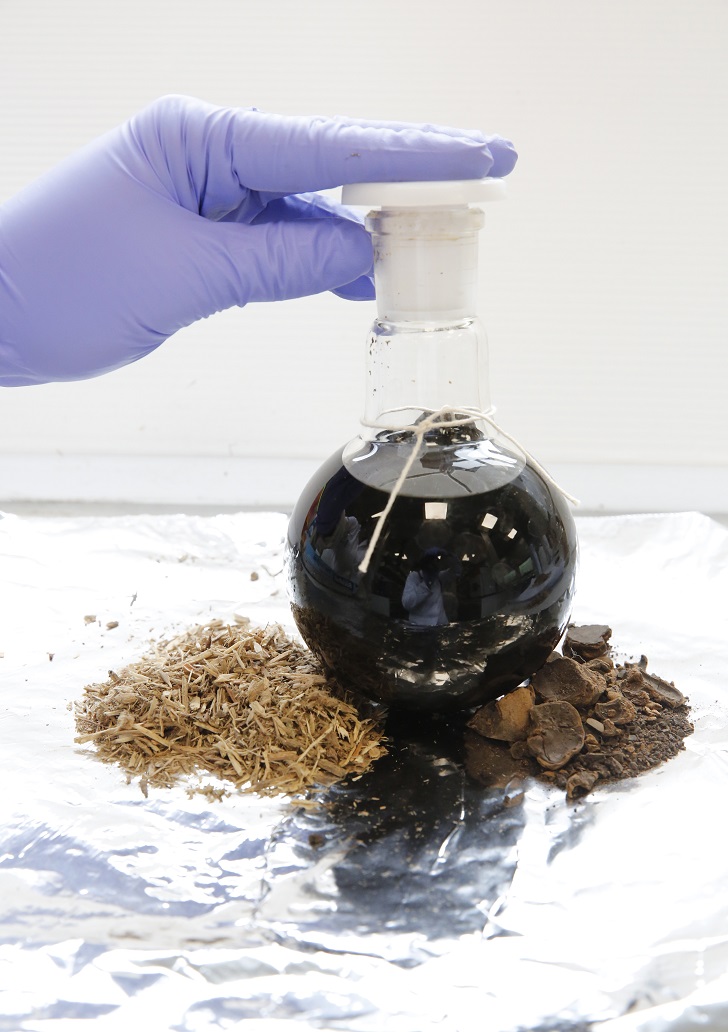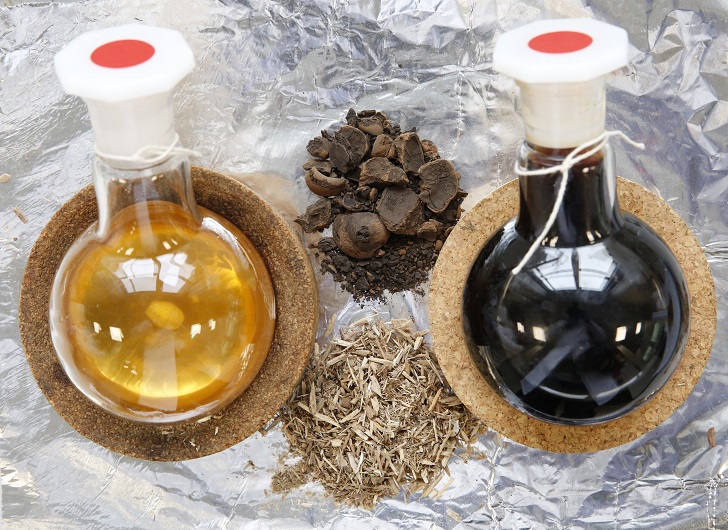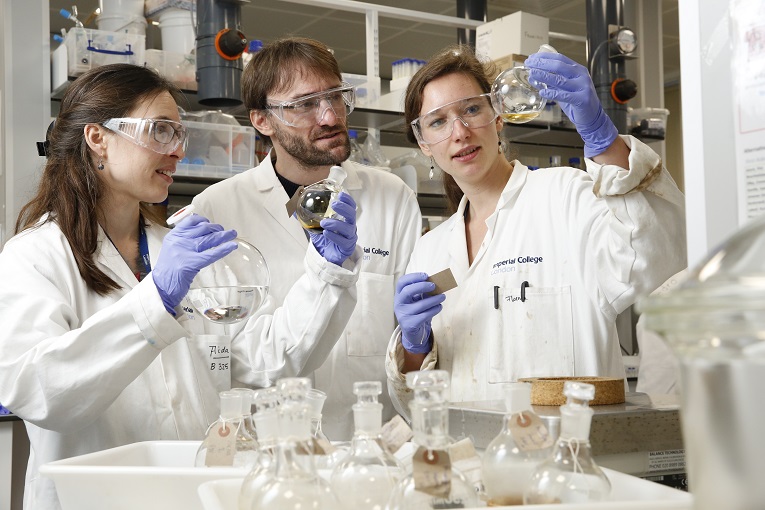


The process of using crude oil to produce petroleum can negatively affect the environment. One biotechnology research company has developed a biomass fractionation process using waste wood and low-cost ionic fluids to produce sustainable bioproducts for the industry.
Chrysalix Technologies has created the BioFlex process, a pre-treatment technology for lignocellulosic biomass which uses waste wood and agricultural by-products as well as sustainably grown biomass instead of crude oil for the large-scale production of bio-derived materials, chemicals, heat and electricity. In the EU and US, around 100 million tonnes of waste wood remain unrecycled every year, which represents a huge economic loss and an untapped resource. Chrysalix Technologies decided to employ the principles of a circular economy, converting the waste of today into the raw materials of tomorrow, to develop the BioFlex process using previously unrecycled waste wood. The process can be used with any kind of woody material including forestry residues, waste construction wood, energy crops and agricultural residues. Producing biofuels Lignocellulose, for example, grasses and trees, is made from three biopolymers, namely lignin, a heterogeneous polymer containing aromatic subunits, cellulose, a highly crystalline form of polymeric glucose, and hemicellulose, an amorphous polymer consisting of a mixture of pentoses and hexoses. Together these three components account for around 90% of the dry weight of biomass. Lignocellulosic biomass is a plentiful and freely available raw material used in the production of biofuels. It contains up to 70% of carbohydrates, but the composition varies depending on species, plant tissue and growth conditions and stage. The biomass can be split into three types, namely softwoods, hardwoods and grasses, which all differ not only in their carbohydrate content but also in the composition of their substructures, lignin and hemicellulose. A biorefinery, comparable to a petroleum refinery, produces fuel, heat, electricity and/or chemicals from biomass. Lignocellulosic biomass has the potential to be used as feedstock for the sustainable and carbon-neutral production of fuels, materials and chemicals. To realise this potential, cost-effective fractionation of the biomass in different product streams is necessary. Role of ionic liquids In the patented ionoSolv technology, a specially designed ionic liquid, which is inexpensive and recyclable, separates the wood into two main streams: cellulose and lignin. These can be used as a starting material for the large-scale production of renewable materials, fuels and chemicals. The ionic liquids also have the capability to extract heavy metals from the wood, which means that the BioFlex process can condition unwanted, metal contaminated waste wood into a raw material to produce sustainable and inexpensive bio-derived products and generate value from waste. Ionic liquids are organic salts with melting points below 100°C. They have a wide range of applications, from their use as solvents and catalysts in organic reactions, electrochemistry or the pre-treatment of biomass for biofuel production to CO2 capture and as sensors. They are used because of their positive properties, such as low vapour pressure and wide liquid range, recyclability and their flexibility to adapt their properties to each different application. Nevertheless, their synthesis and purification are often challenging and expensive, which undermines the frequency of their application on an industrial scale. Recently, less expensive and more easily synthesised protic ionic liquids (PILs) have gained increased attention, especially for biomass applications but also in electrochemistry. The ionoSolv technology aims for partial dissolution of the lignocellulosic biomass. During ionoSolv processing, the lignin and hemicellulose are partly or fully dissolved, leading to a cellulose-rich material which is recovered. Lignin can be precipitated from the ionic liquid solution by adding more water as an anti-solvent. The excess water can later be removed through evaporation, reconstituting the ionic liquid for its next use. Bioflex benefits The Bioflex process can be used with any kind of woody material, including softwoods and is compatible with metal and organic contaminants such as paint and preservatives. The process can take place at near ambient pressure, at temperatures below 200°C and there are no harmful emissions as ionic liquids have low vapour pressure.
Applications The main products extracted from the BioFlex process are cellulose and lignin, which can be used for a more sustainable chemical industry. The cellulose produced has high purity levels and can be used for paper, dissolving pulp and nanocellulose applications. The Bioflex lignin is virtually sulphur-free and can be used in PFA resins. By-products such as furfural and acetic acid, which are both widely used in the chemical industry, can also be isolated. The first scale-up work was carried out at the Biorenewable Development Centre (BDC) in York, UK. The BDC scaled-up the ionoSolv process to a 3kg scale, pretreating construction waste wood where 300g of milled biomass was pre-treated with a mixture of ionic liquid and water. Due to good results, the process was then scaled-up to 20 kg at the same facility where 2 kg of milled biomass was pre-treated in the same way. Following the BDC trials, the Bio Base Europe pilot plant in Ghent was commissioned to conduct two further scale-up tests at the 200 L scale. For these tests, spruce sawdust was used as the feedstock. A 500 L glass lined pressure reactor was used as the vessel. It was demonstrated that the cellulose pulp could be separated from the liquid fraction by a chamber filter press. The lignin separation was carried out by continuous centrifugation.
Future plans Chrysalix Technologies’ plans for the future consist of designing and building a pilot plant and establishing the required value chains followed by rigorous testing and optimisation at the pilot level (ca. 200 tonnes per year). This will allow for the design and construction of an industrial demonstration plant (ca. 30,000 tonnes per year). The company is currently in the process of raising the necessary funds to start construction on their BioFlex pilot plant.
The company’s research is detailed in the article ‘Recent advances in the Pretreatment of Lignocellulosic Biomass’, published in the Elsevier journal, 'Current Opinion in Green and Sustainable Chemistry', Wei-Chien Tu, Jason P. Hallett, 25 July 2019.






